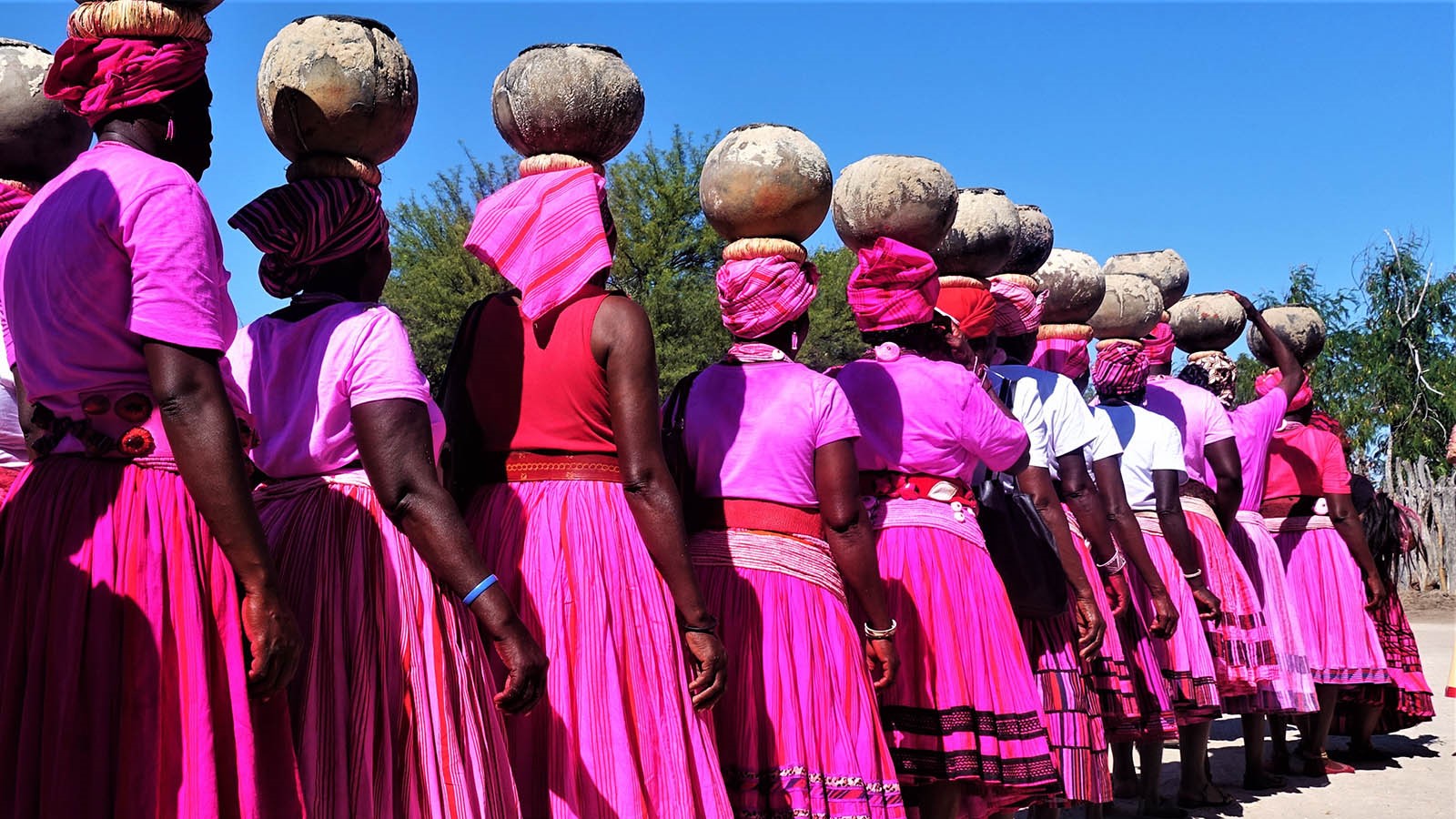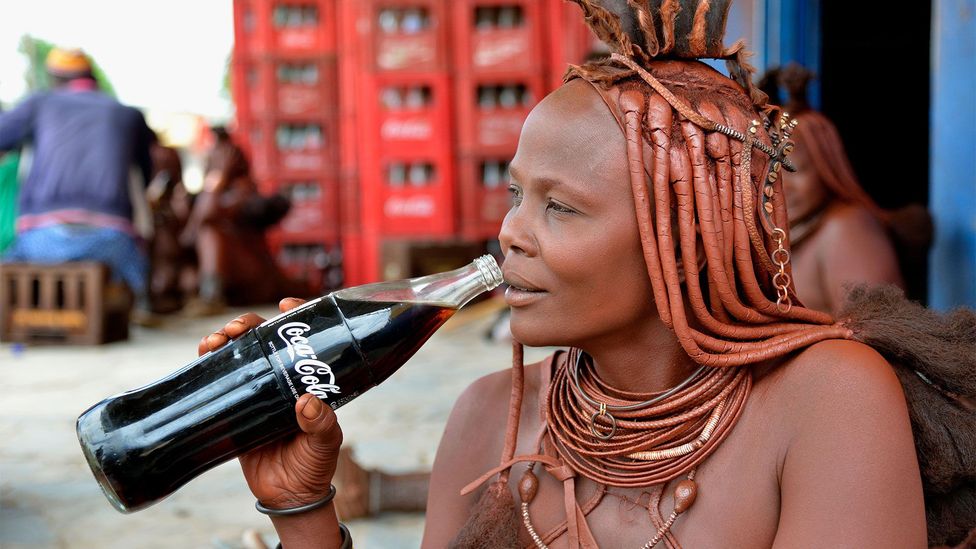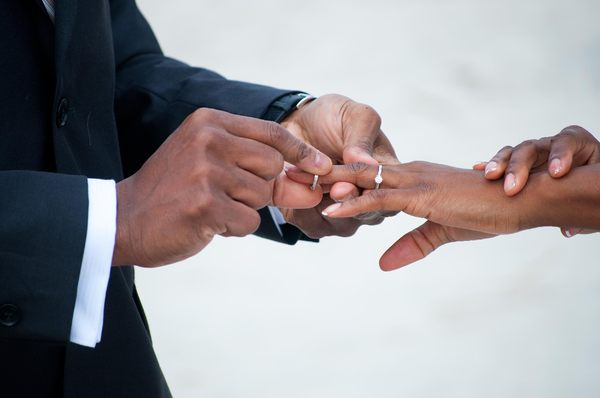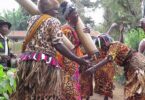African traditional rites of marriage are unique but nothing comes close to the daunting task ahead of bachelors marrying a Namibian woman. Loyalty is deeply valued in each home you get into in Namibia and it passes from one generation to another. At least, the civilized Namibian populace values the loyalty of a man and cringes on polygamy or infidelity. That’s why senior citizens marrying off their daughters take the groom through a loyalty test never seen or heard of in Africa before.
Table of Contents
What Happens When Marrying a Namibian Woman?
Marriage in Namibia is not a walk in the park and young men thinking of settling down always shiver at this thought. Sisters to the bride take centre stage in securing their sibling a man of repute, not by words alone but by deeds. After the introduction to the family, the sisters (if any) embark on an intense loyalty test of their prospecting in-laws.

A Namibian wedding ceremony. Photo/D& D Clothing
The loyalty test forgets modesty. Every thought and emotionally provoking seduction scenario you may have in mind comes into play in public. The role of the sisters is to do everything just to get the attention of the man like he should to his wife in the bedroom. If he lets his feelings in the way and warms up to them, he is pronounced disloyal and unfit to marry in that homestead. This is the most fascinating part of marrying a Namibian woman.
However, if he appears unbothered through his bodily reactions to the advances by the sisters to his prospective wife; he wins all the way. While it appears immoral and uncivilized, some Namibian historians maintain that this tradition binds a lot of marriages. They believe that a man who has control over such pleasure can keep his marriage strong and healthy.
What Are The Wedding Customs In Namibia?
Marrying a Namibian woman lifts the lid on wedding customs in Namibia. These Namibian traditions vary across communities, with each ethnic group showcasing its unique customs. Common elements and practices include the payment of lobola (bride price), traditional attire, pre-wedding rituals, and the significance of traditional ceremonies. Lobola, or omutu, is a customary practice where the groom’s family negotiates with the bride’s family to determine the bride price, often involving the exchange of cattle, money, or other goods as a symbol of appreciation.
This practice underlines the importance of family and community in Namibian weddings. Traditional dresses play a vital role, with brides and grooms wearing attire specific to their ethnic group. For example, Herero women don striking Victorian-style dresses, while Himba women are known for their leather garments and unique hairstyles adorned with jewellery and ochre.

Himba People. Photo/BBC
Pre-wedding rituals are significant and vary between communities. These rituals may include the exchange of gifts, blessings from elders, and purification ceremonies to prepare the couple for their union. Traditional ceremonies form the heart of marrying a Namibian woman featuring dances, songs, and cultural prayers that celebrate the couple’s heritage. The wedding feast is an important aspect, featuring dishes like kapana (grilled meat), mahangu porridge, and local delicacies that honour Namibian cuisine.
Religious ceremonies, predominantly Christian, often follow traditional customs. A church service is common, blending modern vows and ring exchanges with traditional elements. The reception combines both old and new, with traditional music and dancing adding vibrant energy to the celebrations. Guests bring gifts, including money, household items, or livestock, to support the newlyweds as they embark on their married life. Decorations are colourful and incorporate traditional motifs and symbols meaningful to the couple’s culture.
What Are The Traditional Wedding Rules?
There is more that goes into marrying a Namibian woman beyond paying the bride price which is a deeply embedded traditional African marriage rite. According to tradition, the bride and groom sit at the centre of the head table. On the bride’s left side, there should be her father, the groom’s mother, and the best man. On the groom’s right side, there should be the bride’s mother, the groom’s father, and the chief bridesmaid.
Conclusion
Namibian couples often blend their ethnic traditions with modern practices, resulting in unique and meaningful wedding ceremonies that reflect their heritage and personal preferences. Ultimately, Namibian weddings are a testament to the country’s cultural diversity and the importance of tradition, family, and community in celebrating love and commitment.








